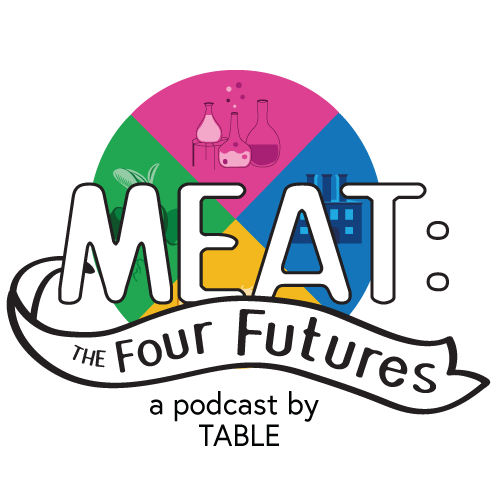Episode summary
There are over 2,000 types of insects that people eat across the world. Some of these species could have the potential to be cultivated at scale using less land, less water, and fewer greenhouse gas emissions while supplying a nutritious protein source to many. But what does scaling insect production look like, and will people actually eat them?
In this bonus episode, we dive deep into the world of insects as a potential food source. We visit a Swedish mealworm factory to understand the production process, and speak to researchers in Ethiopia and the Netherlands about the environmental benefits, ethical considerations, and likelihood of Europeans eating insects in the future.
Related resources
Tebrito's webpage and Instagram
Namukolo Covic, Director General at ILRI Ethopia, Regional Director at CGIAR
Jonas House, Researcher at Wageningen University
Bernice Bovenkerk, Associate Prof at Wageningen University
Edible Insects: Food for the future - Secrets of African Edible Insects, Cookery Volume II
Articles
Potential contribution of edible insects to sustainable consumption and production (Lange and Nakamura, 2023)
Investing in mini-livestock production for food security and carbon neutrality in China (Zhaohai Bai et al., 2023)
Insects for Dinner: Separating the Hope from the Hype (Kathleen Wilcox, 2023)
Edible Insects: A Historical and Cultural Perspective on Entomophagy with a Focus on Western Societies (Olivadese and Dindo, 2023)
Chittka Lab includes publications with titles like Do bumblebees play? (2022) and Social cognition in insects (2022)
Insects are not ‘the new sushi’: theories of practice and the acceptance of novel foods (Jonas House, 2019)
Sushi in the United States, 1945–1970 (Jonas House, 2018)

